博文
2022年11月嘲风作品集(三)
||
▲ Vol 144 Issue 44 | November 09 , 2022
Corralarenes: A Family of Conjugated Tubular Hosts
Han Han, Rong Fu, Ruiguo Wang, Chun Tang, Miao-Miao He, Jia-Ying Deng, Dong-Sheng Guo, J. Fraser Stoddart, and Kang Cai
Despite the advances in host–guest chemistry, macrocyclic hosts with deep cavities are far from abundant among the large number of wholly synthetic hosts described in the literature. Herein, we describe the design and synthesis of two new tubular hosts, namely, corral[4]arene and corral[5]arene. The former has been isolated and characterized as two conformational diastereoisomers, one is centrosymmetric and the other asymmetric. The latter, a fivefold symmetrical and flexible host, has also been investigated in detail. It is composed of five 4,4′-dimethoxybiphenyl units bridged by ethynylene linkers at their 2,2′-positions and adopts a pentagonal conformation with a tubular-shaped cavity in the presence of guests. This structure endows corral[5]arene not only with a conjugated backbone, capable of bright fluorescent emission (quantum yield, 56%), but also a deep π-electron-rich aromatic cavity with remarkable conformational flexibility. The adaptive cavity of corral[5]arene allows it to accommodate a wide range of neutral and positively charged electron-deficient guests with different molecular sizes and shapes. Binding constants between this host and these guests in three different nonpolar organic solvents lie in the range of 103 to 107 M–1. Moreover, corral[5]arene exhibits dynamic chirality on account of the axes of chirality associated with each of the five biphenyl units and displays first-order transformation as exhibited by circular dichroism in response to the addition of chiral guests. All these stereochemical features render corral[5]arene an attractive host for a variety of supramolecular and nanotechnological applications.
https://pubs.acs.org/doi/10.1021/jacs.2c08144
▲ Vol 144 Issue 45 | November 16 , 2022
Dipole-Modulated Charge Transport through PNP-Type Single-Molecule Junctions
Mingyao Li, Huanyan Fu, Boyu Wang, Jie Cheng, Weilin Hu, Bing Yin, Peizhen Peng, Shuyao Zhou, Xike Gao, Chuancheng Jia, and Xuefeng Guo
The PNP structure realized by energy band engineering is widely used in various electronic and optoelectronic devices. In this work, we succeed in constructing a PNP-type single-molecule junction and explore the intrinsic characteristics of the PNP structure at the single-molecule level. A back-to-back azulene molecule is designed with opposite ~1.7 D dipole moments to create PNP-type single-molecule junctions. In combination with theoretical and experimental studies, it is found that the intrinsic dipole can effectively adjust single-molecule charge transport and the corresponding potential barriers. This energy band control and charge transport regulation at the single-molecule level improve deep understanding of molecular charge transport mechanisms and provide important insights into the development of high-performance functional molecular nanocircuits toward practical applications.
https://pubs.acs.org/doi/abs/10.1021/jacs.2c08664
▲ Vol 144 Issue 45 | November 16 , 2022
Sub-10 nm Corrugated TiO2 Nanowire Arrays by Monomicelle-Directed Assembly for Efficient Hole Extraction
Pengfei Zhang, Zhangliu Tian, Yikun Kang, Bowen He, Zaiwang Zhao, Chin-Te Hung, Linlin Duan, Wei Chen, Yun Tang, Jiaguo Yu, Liqiang Mai, Ye-Fei Li, Wei Li, and Dongyuan Zhao
Precise synthesis of well-ordered ultrathin nanowire arrays with tunable active surface, though attractive in optoelectronics, remains challenging to date. Herein, well-aligned sub-10 nm TiO2 nanowire arrays with controllable corrugated structure have been synthesized by a unique monomicelle-directed assembly method. The nanowires with an exceptionally small diameter of ~8 nm abreast grow with an identical adjacent distance of ~10 nm, forming vertically aligned arrays (~800 nm thickness) with a large surface area of ~102 m2 g–1. The corrugated structure consists of bowl-like concave structures (~5 nm diameter) that are closely arranged along the axis of the ultrathin nanowires. And the diameter of the concave structures can be finely manipulated from ~2 to 5 nm by simply varying the reaction time. The arrays exhibit excellent charge dynamic properties, leading to a high applied bias photon-to-current efficiency up to 1.4% even at a very low potential of 0.41 VRHE and a superior photocurrent of 1.96 mA cm–2 at 1.23 VRHE. Notably, an underlying mechanism of the hole extraction effect for concave walls is first clarified, demonstrating the exact role of concave walls as the hole collection centers for efficient water splitting.
https://pubs.acs.org/doi/abs/10.1021/jacs.2c10395
▲ Vol 61 Issue 47 | November 21 , 2022
Efficient Splitting of Alkane Isomers by a Bismuth-Based Metal-Organic Framework with Auxetic Reentrant Pore Structures
Dr. Zhaoqiang Zhang, Shing Bo Peh, Dr. Chengjun Kang, Kexin Yu, Prof. Dan Zhao
The energy-efficient separation of alkane isomers for gasoline upgrading using Bi-based metal-organic frameworks with auxetic reentrant pore structures is reported by Dan Zhao et al. in their Communication (e202211808). The honeycomb-like pore cavities connected by narrow pore windows of the pore structure lead to a complete rejection of di-branched alkanes and to high capacities for other isomers.
https://onlinelibrary.wiley.com/doi/10.1002/anie.202215827
▲ Vol 144 Issue 47 | November 30 , 2022
A Two-Dimensional van der Waals Heterostructure with Isolated Electron-Deficient Cobalt Sites toward High-Efficiency CO2 Electroreduction
Huoliang Gu, Guoshuai Shi, Lixiang Zhong, Lingmei Liu, Honghao Zhang, Chunlei Yang, Ke Yu, Chenyuan Zhu, Jiong Li, Shuo Zhang, Chen Chen, Yu Han, Shuzhou Li, and Liming Zhang
Electrochemical CO2 conversion is a promising way for sustainable chemical fuel production, yet the conversion efficiency is strongly limited by the sluggish kinetics and complex reaction pathways. Here we report the ultrathin conjugated metalloporphyrin covalent organic framework epitaxially grown on graphene as a two-dimensional van der Waals heterostructure to catalyze CO2 reduction. Operando X-ray absorption and density functional theory calculations reveal the strong interlayer coupling leads to electron-deficient metal centers and speeds up electrocatalysis. The Co(III)-N4 centers exhibit a CO Faradaic efficiency of 97% at a partial current density of 8.2 mA cm–2 in an H-cell, along with a stable running over 30 h. The selectivity of CO approached 99% with a partial current density of 191 mA cm–2 in a liquid flow cell, and the turnover frequency achieved 50 400 h–1 at −1.15 V vs RHE, outperforming most reported organometallic frameworks. This work highlights the key role of strong electronic coupling between van der Waals layers for accelerating the dynamics of CO2 conversion.
https://pubs.acs.org/doi/10.1021/jacs.2c07601
<静远嘲风动漫传媒科技中心>设计制作
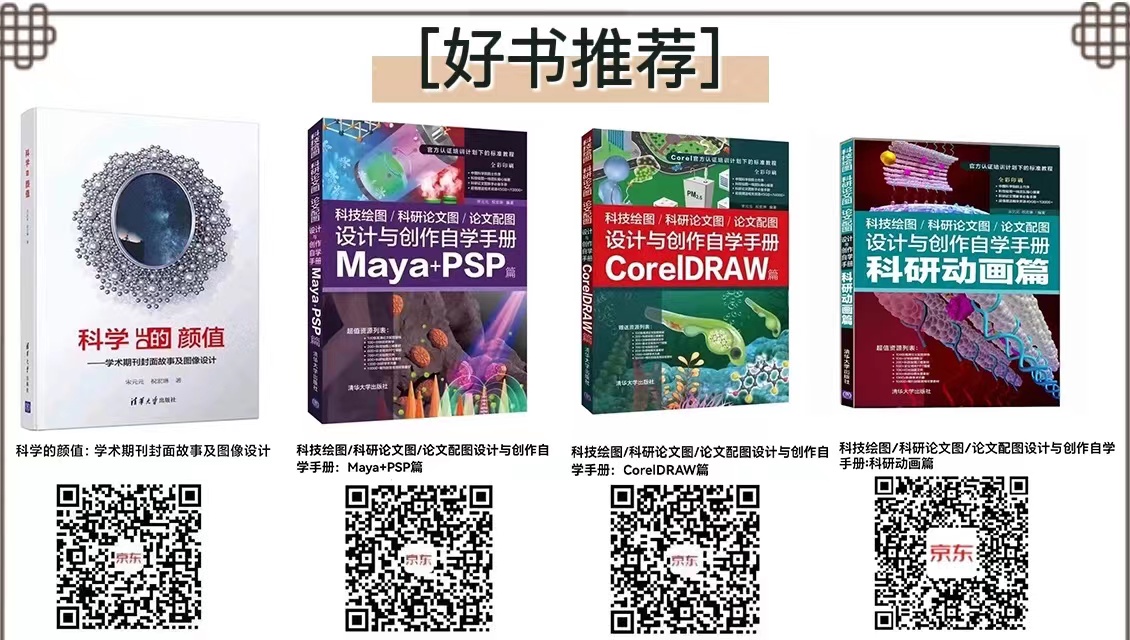
购书链接:
☆科学的颜值:学术期刊封面故事及图像设计
https://item.jd.com/12802188.html
☆科技绘图/科研论文图/论文配图设计与创作自学手册:CorelDRAW篇
https://item.jd.com/13504674.html
☆科技绘图/科研论文图/论文配图设计与创作自学手册:Maya+PSP篇
https://item.jd.com/13504686.html
☆科技绘图/科研论文图/论文配图设计与创作自学手册:科研动画篇
https://item.jd.com/13048467.html#crumb-wrap
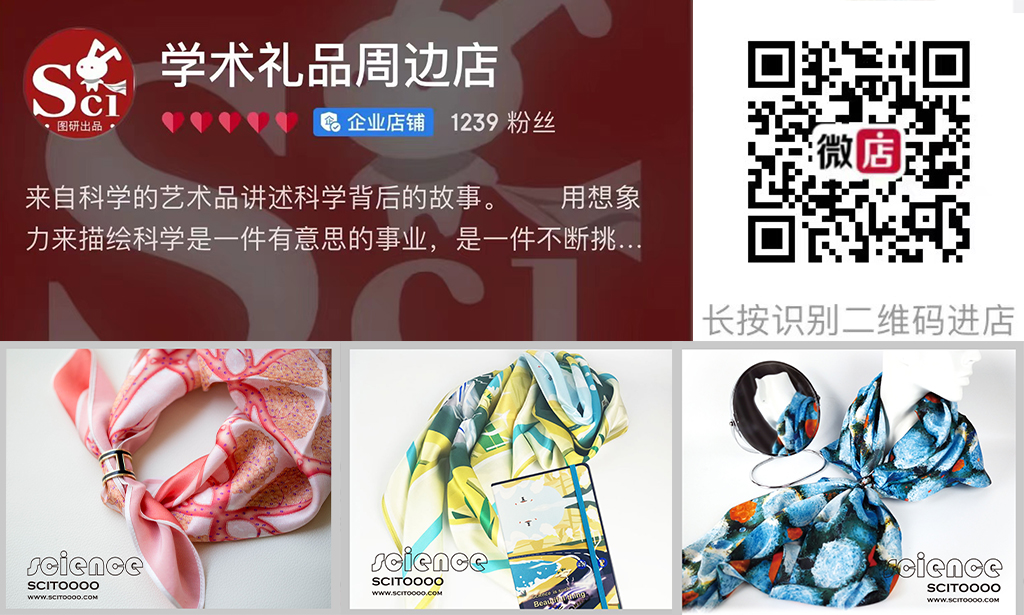
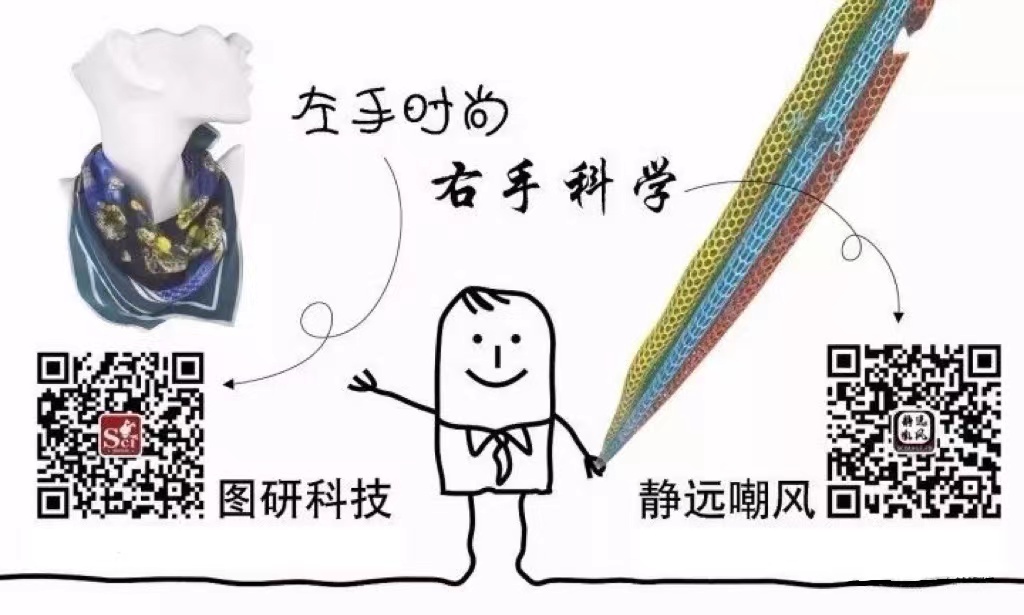
静远嘲风(MY Scimage) 成立于2007年,嘲风取自中国传统文化中龙生九子,子子不同的传说,嘲风为守护屋脊之瑞兽,喜登高望远;静远取自成语“宁静致远”,登高莫忘初心,远观而不可务远。

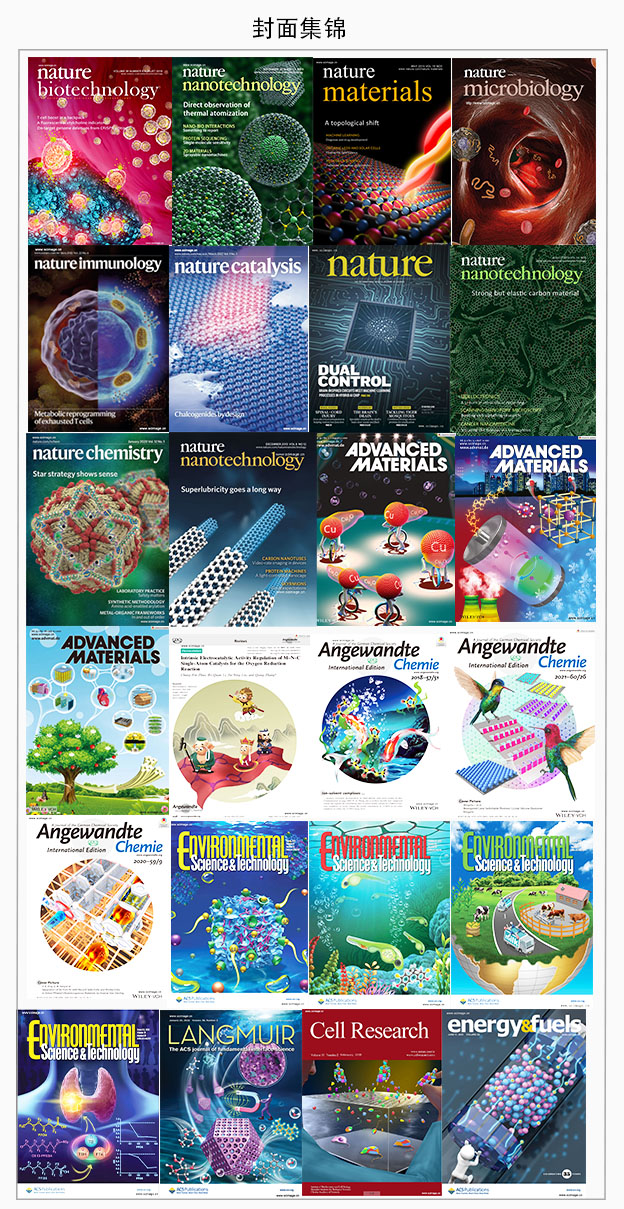
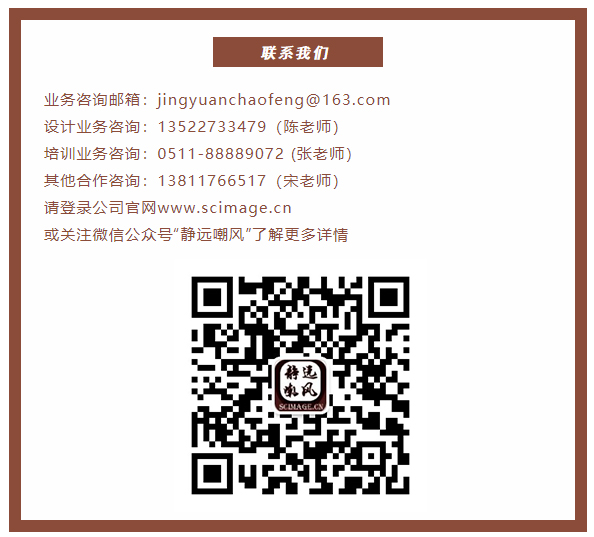
https://blog.sciencenet.cn/blog-519111-1374718.html
上一篇:2022年11月嘲风作品集(二)
下一篇:#人勤春来早田间农事忙#春回大地农家忙。